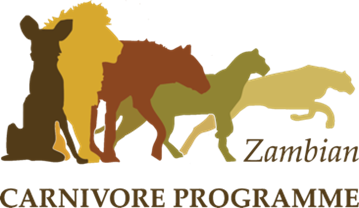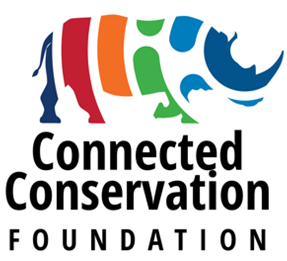This project investigates how wire snare poaching affects carnivore populations and their prey across East and Southern Africa. By examining both the human drivers of snaring and its ecological consequences, the research aims to inform more effective, data-driven conservation strategies.
CONSERVATION CONTEXT
Wire snare poaching is one of the most pervasive and damaging threats to wildlife across African protected areas. Often used in subsistence bushmeat hunting, wire snares are indiscriminate and frequently injure or kill non-target species, including endangered carnivores such as African wild dogs, lions, and hyenas. Despite their widespread presence, the spatial distribution, underlying drivers, and broader ecological consequences of snaring remain poorly understood. This project addresses these gaps by linking community-level motivations for snaring with ecological impacts, helping to inform conservation responses such as targeted patrols, de-snaring programs, and community-based initiatives.
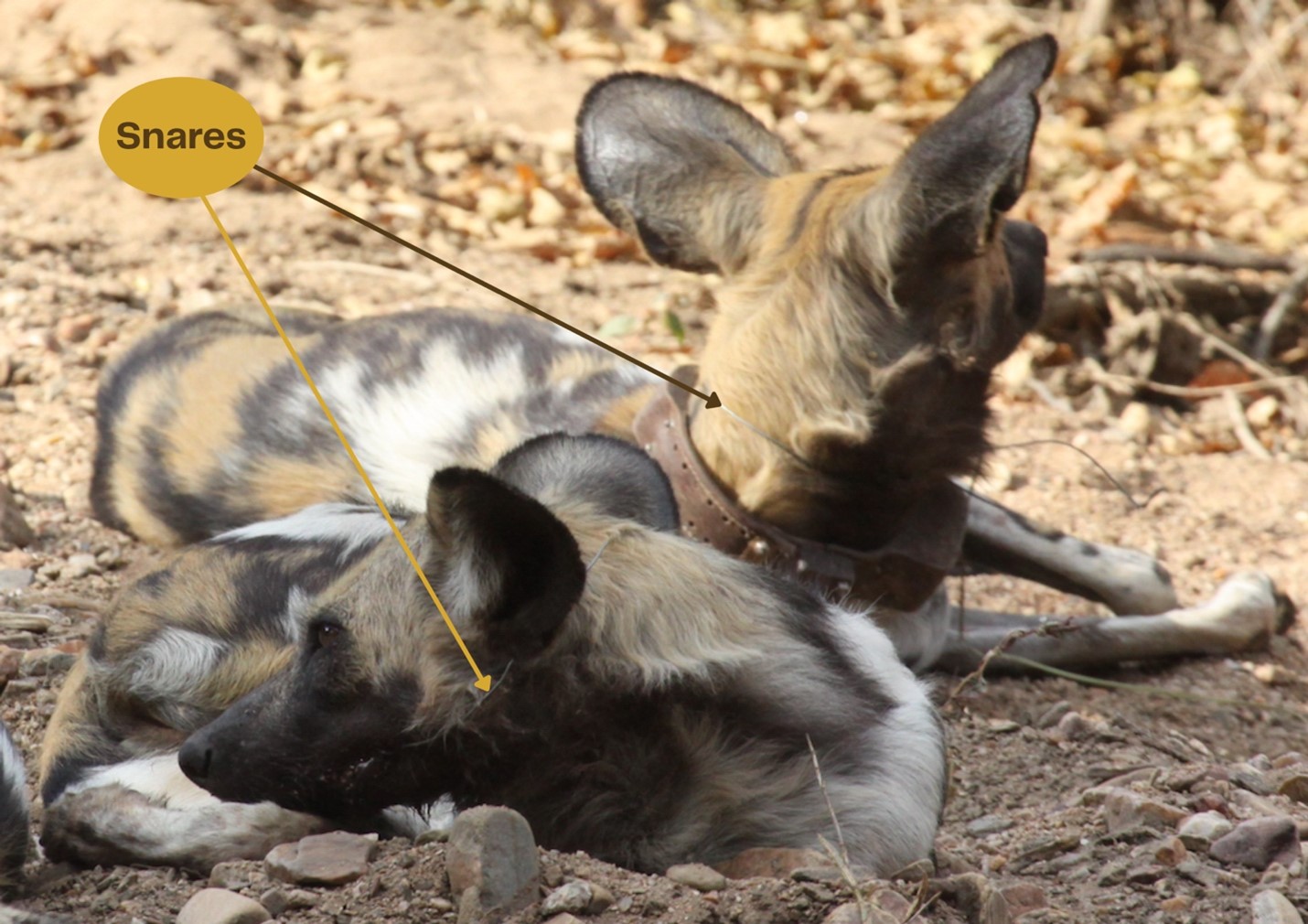
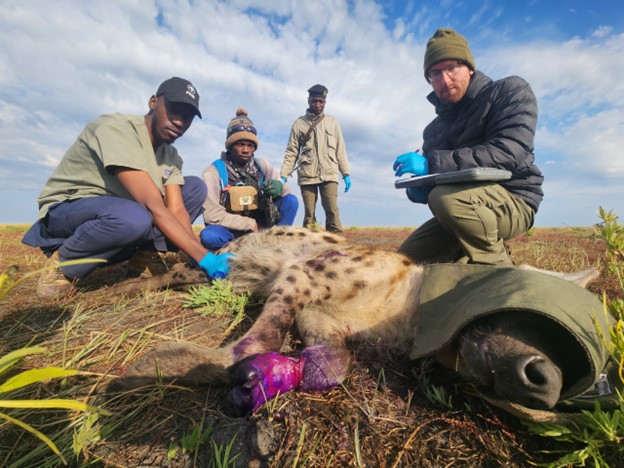
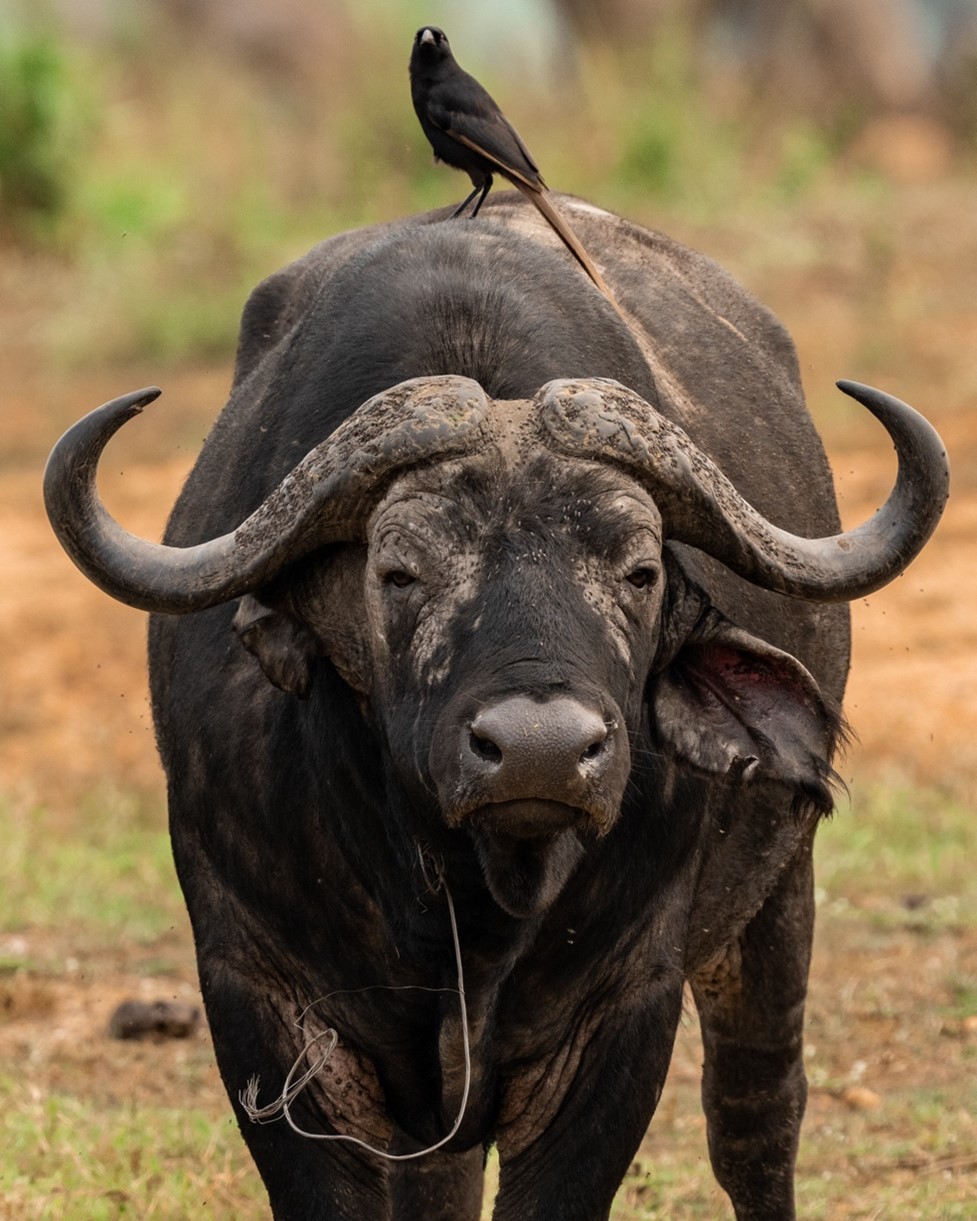
APPROACH
This project integrates socio-ecological methodologies across protected areas in Uganda and Zambia to understand and address the impacts of wire snare poaching on large carnivores. The approach combines spatial ecology, population monitoring, predictive modelling, and community engagement through the following core methods:
1. Predictive Modelling of Snare Risk Using Systematic Patrol Surveys
Snare data are collected through systematic, grid-based patrol surveys in Uganda’s Murchison falls National Park to quantify spatial patterns of poaching pressure across protected areas. These data are integrated with environmental variables and high-resolution satellite imagery to develop predictive models of snare risk. The resulting models are designed to identify poaching hotspots and guide proactive, targeted patrols for more effective snare detection and removal.
2. Long-Term Population Monitoring to Evaluate De-Snaring Impact
In partnership with the Zambian Carnivore Programme, this project uses long-term monitoring data on African wild dogs to evaluate the effectiveness of de-snaring interventions. Population modelling techniques are applied to assess how these interventions influence demographic trends, providing a robust framework for measuring conservation impact.
3. GPS Collar Data to Understand Carnivore Movement in Snaring Landscapes
Large carnivores, including lions, spotted hyenas, and African wild dogs are fitted with GPS collars to track movement across protected and non-protected areas in Zambia. These data are used to examine how large carnivores navigate areas of varying snaring risk, offering insights into behavior, space use, and exposure to poaching pressure.
4. Community Engagement to Understand Drivers of Snaring
The project incorporates community interviews and participatory mapping to identify the socio-economic drivers of snaring, including livelihood strategies, bushmeat reliance, and local perceptions of wildlife. These insights inform culturally grounded mitigation strategies aimed at reducing snaring through community-led conservation solutions.
